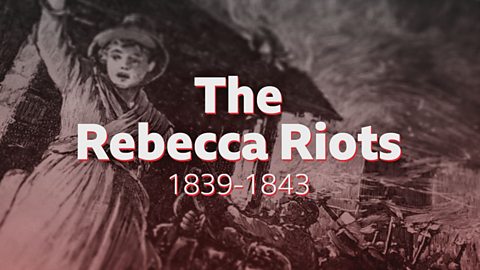The Tudors were a royal lineageBelonging to a family, eg Henry VIII was part of the Tudor lineage. who ruled Wales and England between 1485 and 1603. The family included some of the most famous monarchs in the history of England and Wales.
- Henry VII - 1485-1509
- Henry VIII - 1509-47
- Edward VI - 1547-53
- Mary I - 1553-58
- Elizabeth I - 1558-1603
During the 118 years in which they ruled, huge political, religious, economic and social changes were implemented in Wales and England.
Video - The Tudors
Pembroke castle. It’s quite impressive isn’t it! But why are we looking at this? Well, the Tudors of course.
This is the birthplace of Henry VII or Henry Tudor as he was known. He was the son of Edmund Tudor from the Tudor family of Penmynydd. Why were the Tudors such an influential family? Let’s take a look.
Before Henry VII became king, the houses of Lancaster and York had been fighting over the English crown for 30 years. The Battle of Bosworth in 1485 was the culmination of the Wars of the Roses. Henry's army defeated the army of the king, Richard III, and Henry from the house of Lancaster put the crown on his head and put a stop to the fighting.
The Welsh people saw him as a breath of fresh air and a hero, comparing him to Owain GlyndЕµr.
He had a lot he wanted to achieve, so what were they? As we know he ended the bloody Wars of the Roses, bringing England and Wales closer together. On 18 January 1486, Henry VII married Elizabeth of York who was the niece of Richard III. This was a clever move on his part, joining the two families together to avoid further disagreements and ensuring peace. He was a big fan of taxes, making noblemen pay up, he also kept a lot of this money for himself. Naughty.
Henry VII’s most famous child was Henry VIII, who became king in 1509 - and his reign was an interesting one to say the least. Henry VIII was different to his father, he was a lot more outspoken. He decided that the English church should separate from Rome, and become the Church of England, under the rule of the king. He saw himself as God’s second in command on Earth.
Following on from that, in 1552 the rules changed so that all public worship was to be done in English and not Latin. This strengthened the new Protestant faith. But what about the Welsh speakers that didn't understand English? Well, in 1563 Elizabeth I, Henry VIII’s daughter, was worried that the Welsh would revert to Catholicism. Therefore, Elizabeth, who some say could also speak Welsh, made sure that all churches in Wales had a Welsh translation of The Bible. Some historians think that thanks to William Morgan’s translation, the Welsh language was validated, and ensured its survival to this day.
The Tudor Family had a pretty long reign, 118 years in total, plenty of time to make changes and create a royal revolution.
By 1485, fierce wars had been fought for the English crown for nearly 30 years. Two families were battling for the right to rule the country: the Lancastrians who used the red rose symbol, and the Yorkists who used the white rose symbol. As a result, the wars were called Wars of the Roses.

Henry VII - 1485-1509
Henry VII, or Henry Tudor, was a member of the Lancastrian family, and a Welshman born in Pembroke castle on 28 January 1457.
His mother was Margaret Beaufort and his father was Edmund Tudor of Penmynydd, Anglesey. Henry was a descendantSomeone who’s part of a direct family line, eg child, grandchild. of Edward III who was King of England between 1327 and 1377. He believed that this gave him a claim to the throne.
In June 1483, Richard III of the Yorkist Family was crowned King of England. Henry Tudor had already fled to Brittany, but there was keen support for him to return to claim the crown.
Henry Tudor’s battle for the crown
In August 1485, Henry Tudor, who was 28 years old, set sail from the French port of Harfleur with an army of 2,000 French soldiers and landed in Mill Bay, Dale in Pembrokeshire less than a fortnight later. He may have landed here because of the support for the Tudor family in the area. His uncle, Jasper Tudor, had kept in touch with the people there.
Richard III was at Nottingham castle when he learned of Henry’s arrival, and his response was to do nothing. He assumed that leading Welsh landownersRich people who own much land in a country. would see Henry as a threat and attack him.
But this didn’t happen. Henry took an unexpected route through mid Wales to reach England to claim the crown. His intention was to gain the support of local people, and he was warmly welcomed at Haverfordwest, the first major town on his journey.
Henry journeyed through mid-Wales gathering soldiers and supporters on his way to fight against Richard. At the same time, Sir Rhys ap Thomas, a Lord of Gwent, travelled to meet Henry to help him with his army of 2,000 men.
By the time they both reached Welshpool, Henry had around 5,000 soldiers to fight against Richard III.
The Battle of Bosworth
The Battle of Bosworth was one of the most important battles in the history of England and Wales.
Having heard of Henry’s success in recruiting soldiers, King Richard III started to assemble his Yorkist army of 10,000 in Leicester. The two armies met near Bosworth.
Henry’s army won the battle with the assistance of Welsh soldiers. He claimed the crown and became King Henry VII. He married Elizabeth, of the Yorkist family, and successfully united the Lancastrians and Yorkists through the marriage. White petals were added to the Lancastrian red rose to create the Tudor Rose.
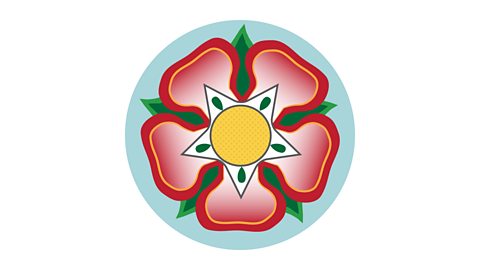
Henry VIII - 1509-1547

Following the death of Henry VII, his son Henry VIII became king.
He was famous for his six wives:
- Catherine of AragГіn - divorceThe legal break up of a marriage.
- Anne Boleyn - beheadingCutting off someone’s head.
- Jane Seymour - died whilst married to Henry
- Anne of Cleves - divorced
- Catherine Howard - beheaded
- Catherine Parr - died after Henry died

Acts of Union
In order to impose order and further instil Henry’s new Protestant faith, Acts of Union were passed by the English parliament in 1536 and 1543. The acts aimed to unite England and Wales in language, customs and administration.
The Acts:
- split Wales into 13 counties
- gave Wales 27 members of parliament
- erased the old Welsh laws and replaced them with English laws
- established courts to help to keep law and order
- made English the only official language of Wales
Religion
Although Henry VIII was married to his wife, Catherine of Aragon for 24 years, he decided in 1533 that he wanted a divorce as she had not given him a son.
The Pope, the leader of the Roman Catholic Church, would not allow Henry to end his marriage. Henry therefore decided to break free from the Catholic Church and set up the Church of England instead.
Under this new regime, the country became Protestant with Henry VIII as leader of the Church. He considered himself the voice of God’s commandments on Earth.
There was disorder for the remainder of the Tudor era, as the country’s religion changed back and forth between Protestantism and Catholicism leading to fierce rebellion.
Edward VI - 1547-53
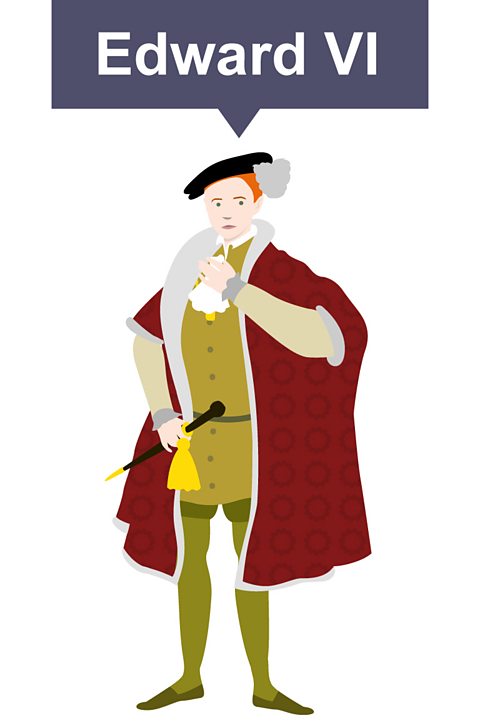
Edward VI was a 9-year-old boy when he became king of England, following the death of his father, Henry VIII.
Because Edward was a child, the country was governed by a <glossaryterm id"z6s86yc">regency council led by his uncle, Edward Seymour and later by John Dudley.
The country became more Protestant during his reignA period ruling a country. and a Book of Common Prayer was introduced, featuring the new forms of religious services to replace the old Catholic customs.

Mary I - 1553-58
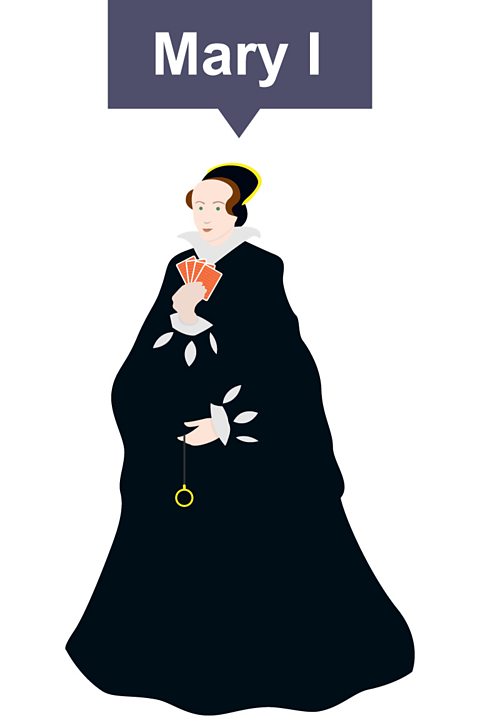
Mary lived most of her life in south and east England, except for the three years she spent in Wales as a child.
Mary reverted the country to Catholicism, and she made it illegal to be a Protestant.
Two Protestants were burnt for heresyTo disagree with, or refuse to follow the religious views of the monarch or the state., Bishop William Ferrar in Carmarthen and the fisherman, Rawlins White in Cardiff.

Elizabeth I - 1558-1603
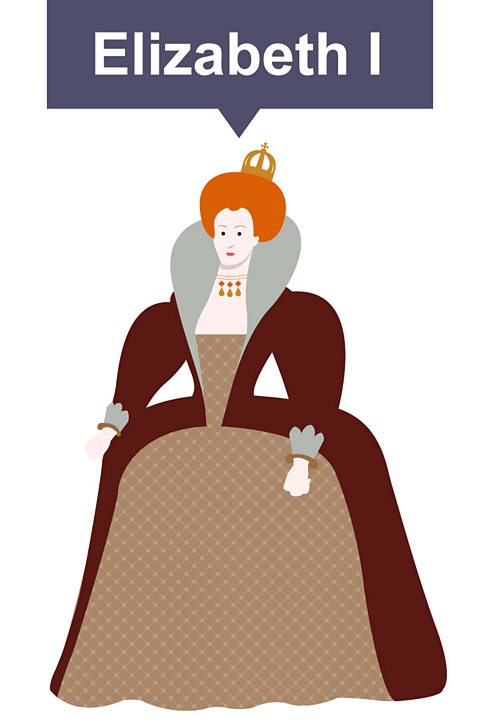
Unlike Mary, her stepsister, Elizabeth was an avid Protestant. As soon as she became queen, she reverted the country’s religion to Protestantism again.
Elizabeth is chiefly remembered in Wales for her command to translate the Bible into Welsh.
In 1536, Elizabeth was concerned that the Welsh were still faithful to her stepsister Mary’s Catholic faith, and so demanded that the Bible should be available in their native language.
By 1588, William Morgan had completed the task, translating the entire Bible into Welsh.

Activity - The Tudors
Quiz - The Tudors
More on Revolution
Find out more by working through a topic
- count2 of 3
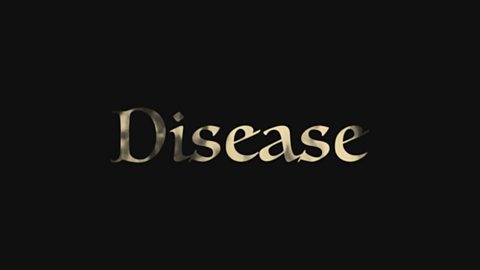
- count3 of 3
